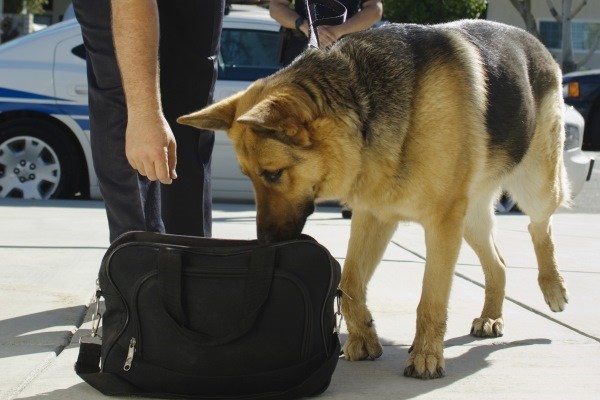To carry or not to carry: Law enforcement officers carrying Narcan for opioid overdoses
The number of deaths associated with opioid overdoses nationally has increased significantly to what some refer to as an epidemic. Addiction can affect all walks of life and the risk of opioid use may be secondary to prescription pain medication. Many patients/addicts do not receive proper treatment for the addiction. Law enforcement organizations have assumed a key role in opioid overdoses by training and equipping officers with Naloxone Hydrochloride (Narcan), a drug used to reverse opioid overdose. While these programs have saved lives, it’s important to have a properly planned and executed program.

To institute this type of program, it is essential for organizations to understand what may be involved. Many states have passed laws allowing law enforcement officers to administer Narcan. However, this is not meant to imply every organization should.
Several factors to consider before implementing such a program:
1. Determine what resources currently respond to overdose incidents in your community, such as fire and EMS, to determine if there is a bona fide need to provide the service and to develop a program. Working with these resources may assist your organization in overcoming any obstacles.
2. Determine what licensure or certification might be required for your organization to move forward with a program. State requirements vary and may have changed.
3. Collective Bargaining Agreements often define job functions. Review this added duty to assure it does not violate provisions of the agreement.
Should your organization choose to proceed, there are other factors to consider:
1. Train all personnel to administer the medication, including a review of Cardiopulmonary Resuscitation. The program may require financial commitment in the form of equipment, education and overtime.
2. Determine who will carry the medication, how it will be carried, how it will be administered (Intranasal or IM) and how it will be stored when not in use. Medications have parameters such as temperature and light that may render a medication less effective.
3. Develop polices to define all aspects of the program training, medication administration, restocking and expiration of the medication to name a few.
4. It’s important that agencies work as a cohesive team to provide the best possible outcome (coordination of the continuum of care). Work with local fire and EMS agencies to provide coordinated care and a better understanding of each organization’s role in providing patient care. Once operable, assure the local emergency communication center is aware that officers are equipped and trained.
5. Law enforcement officers may have mixed feelings about the program and what they are doing, both good and bad. Some may feel the program is a blurring of the line between saving lives and enabling an addiction. Proper information and communication with officers may offer a different perspective. It is equally important for the officers to understand that while some may see repeat patients, relapse is often part of the process for the patient to become healthy again.
What if your organization decides NOT to incorporate a program?
Even though there may be a trend to equip law enforcement officers with Narcan across the nation, simply following what others are doing may not be the best choice for your organization. Consider the following:
• Evaluate current responding resources with respect to their response times and number of units available. Most law enforcement officers already respond to these incidents and may arrive prior to fire or EMS. If a need exists, the program might be something to consider.
• Many officers feel helpless responding to these situations and would like to do more. Exposure to this type of incident, knowing the overdose could potentially be reversed, might lead to morale issues.
• Public scrutiny may surface questioning why law enforcement does not participate in such a program.
These factors and more must be considered to determine if a program is right for your agency and your specific situation.
The overdose dilemma will continue to exist regardless of an agencies decision to develop a program. Lives may be saved if officers are properly trained and equipped, making law enforcement officers another tool in the fight to stop unnecessary deaths from opioid overdose. Evaluating the current resources responding to these incidents in a jurisdiction as well as the ability and resources to effectively manage a program, will help organizations make informed decisions regarding whether or not to implement a program.
References:
Narcan: It Saves Lives. Does It Enable Addicts? themarshallproject.org/2015/08/14/narcan-it-saves-lives-does-it-enable-addicts#.1Xr1JRsaH.
Should Naloxone Be Available to All First Responders? jems.com/articles/print/volume-39/issue-8/features/should-naloxone-be-available-all-first-r.html
Engaging Law Enforcement In Opioid Overdose Response. July 31, 2014. U.S. Attorney General’s Expert Panel on Law Enforcement and Naloxone. Beletsky, L., JD, MPH
Risk Communique 2015